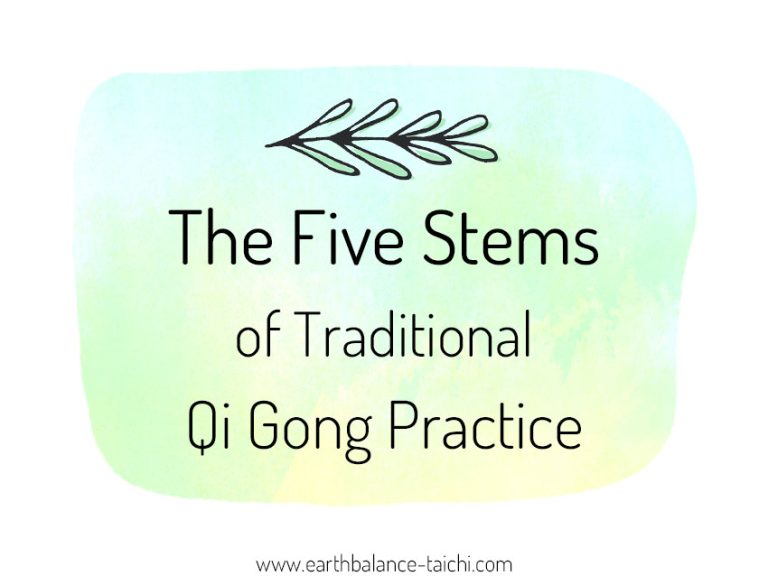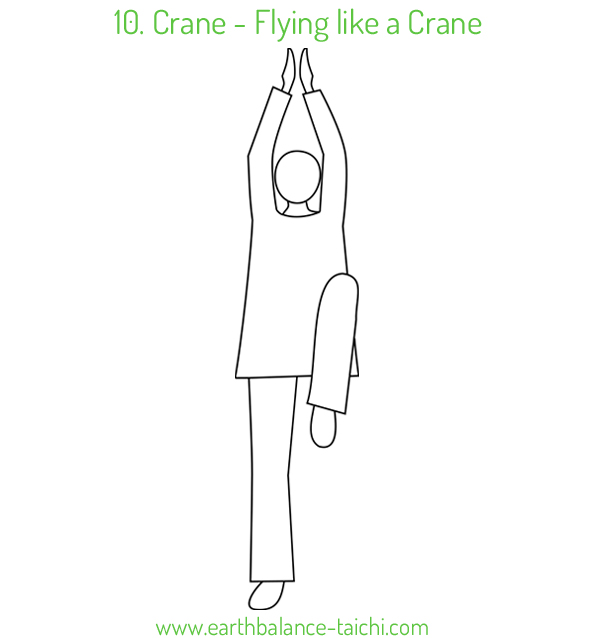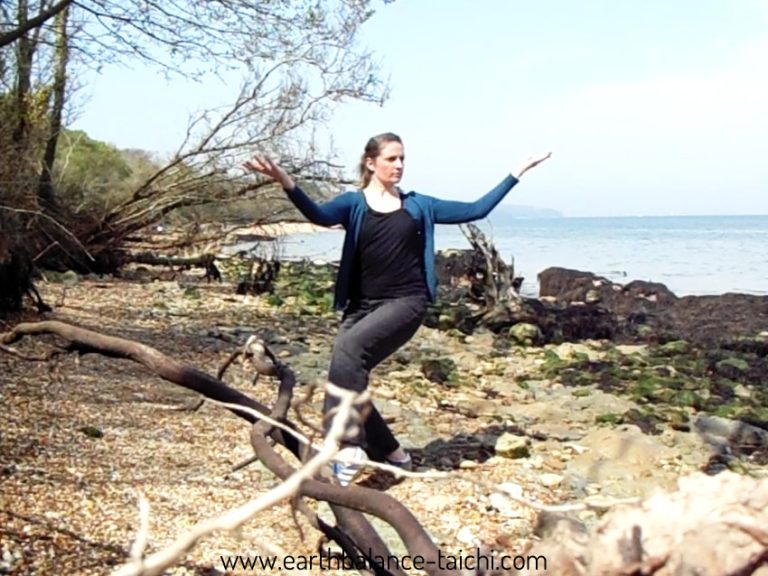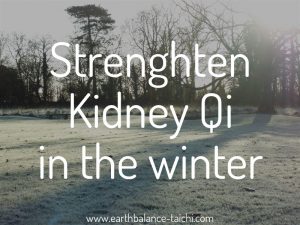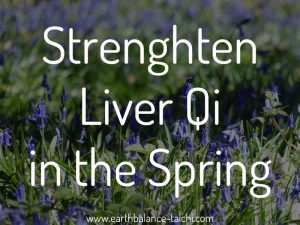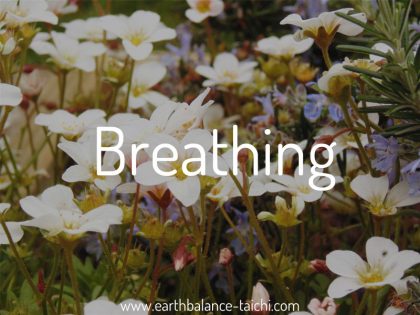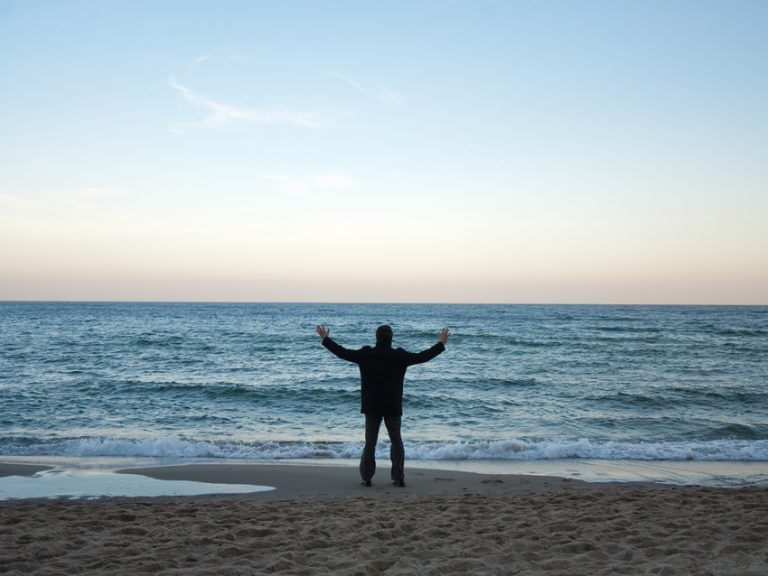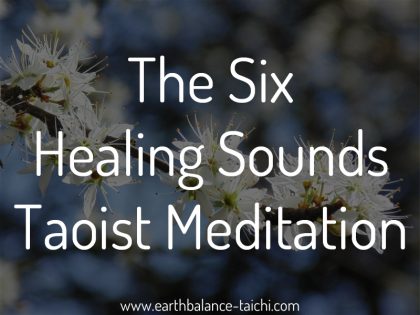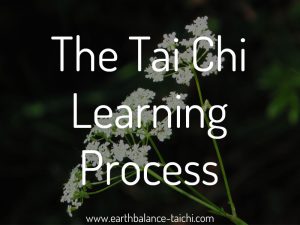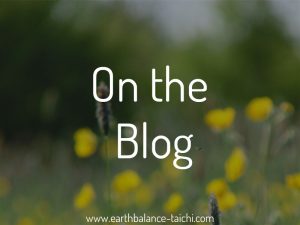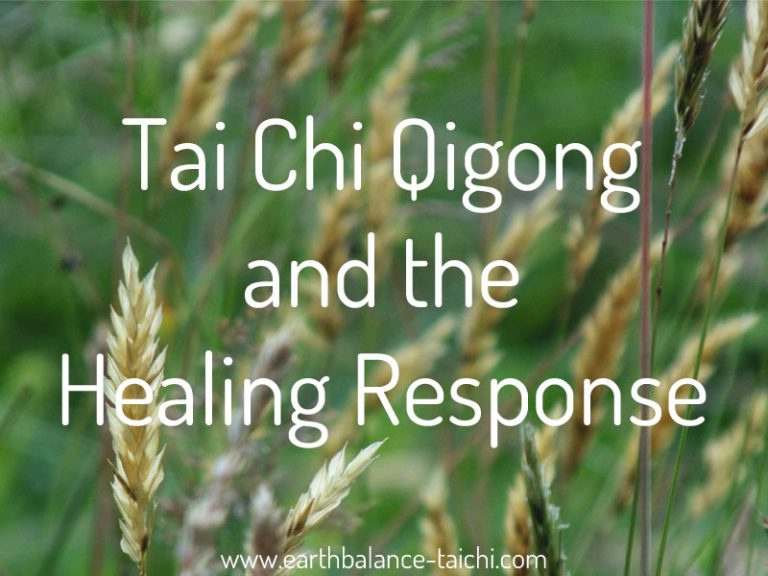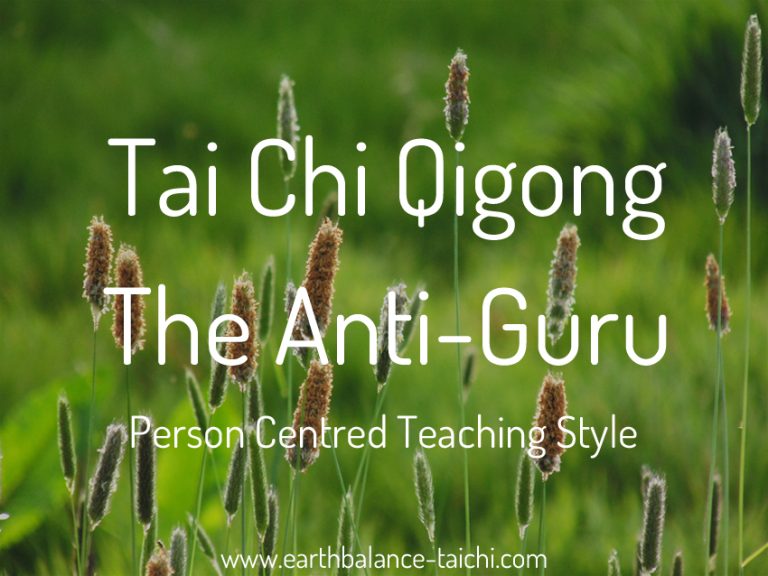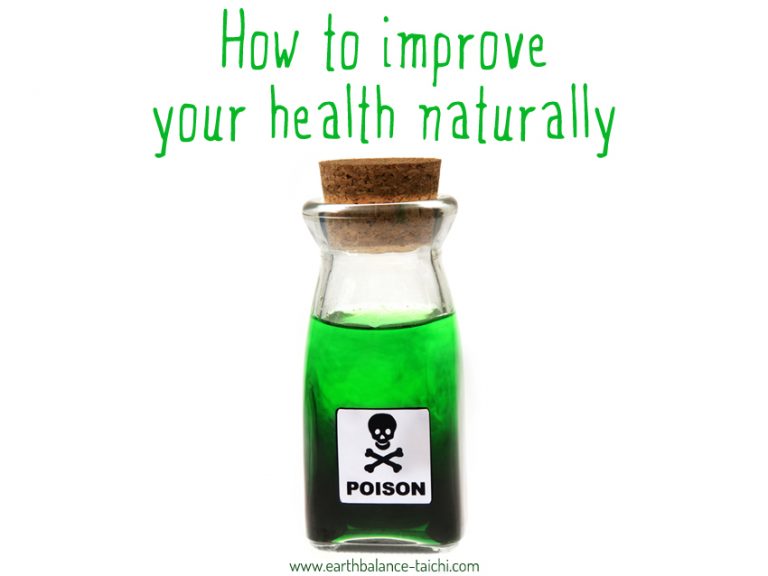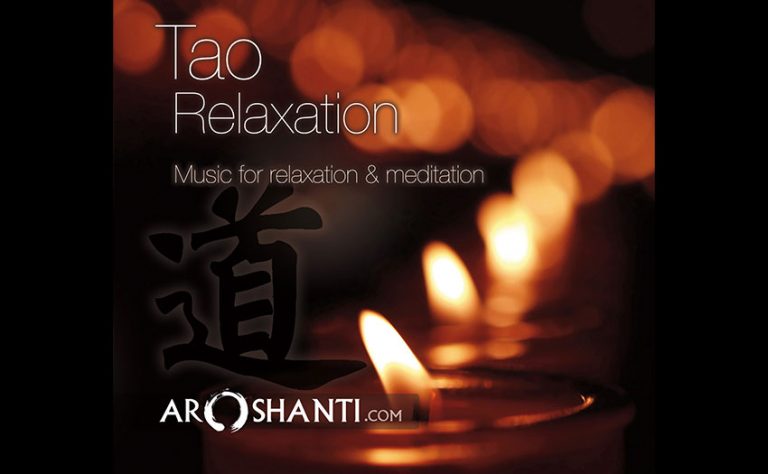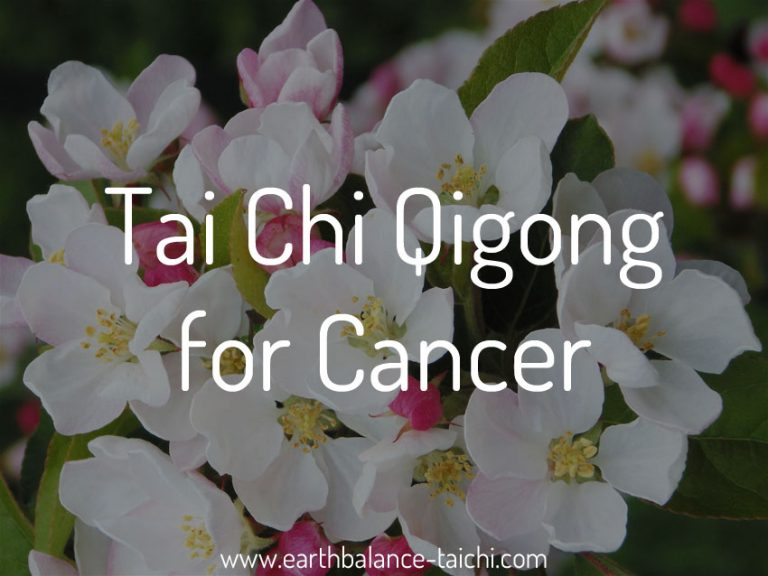Autumn Qi for the Lungs
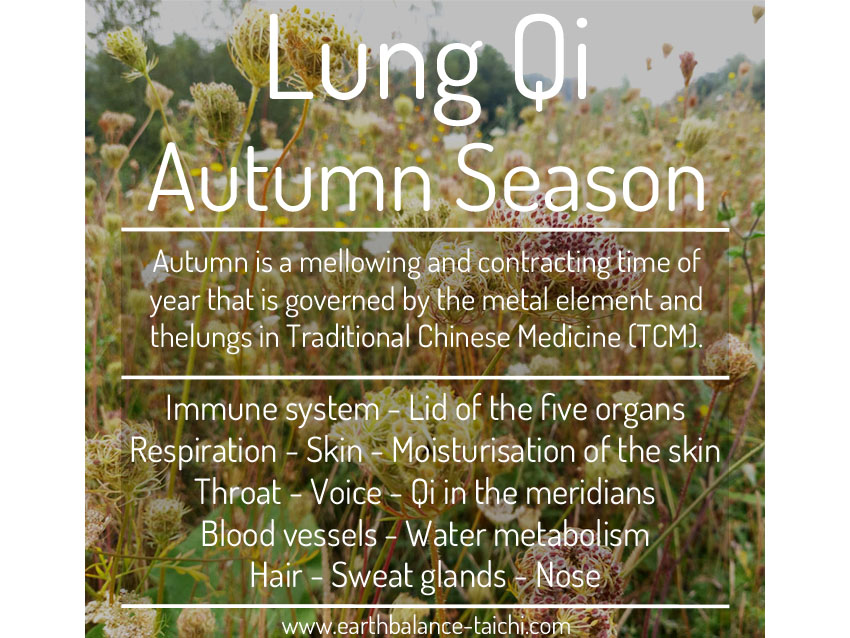
Autumn Qi for the Lungs
Autumn is a mellowing and contracting time of year that is governed by the metal element and the lungs in Traditional Chinese Medicine (TCM). Here are my suggestions for strengthening your lungs as the weather turns cooler. Explore my article Autumn Qi for the Lungs below.
The Lung Meridian
This meridian runs from the centre of the body, up to the throat, down through the underside of the armpit and along the inner arm, inner elbow, inner wrist to the tip of the thumb. With another branch running from the outer wrist to the tip of the index finger. There is a lung meridian on each arm with 22 acupuncture points.
Lungs and Large Intestines in TCM
The lung is known as a yin organ, paired with the large intestines, a yang organ.
- Yin metal is seen as structured and storing.
- Yang metal is seen as hollow and transmitting.
The lungs in Traditional Chinese Medicine are a yin organ and are associated with the following emotions:
- Positive: Courage, righteousness, bravery
- Negative: Grief, sadness, depression, loneliness, sorrow, detachment
Rather than the emotions relating to a psychological brain state, in Traditional Chinese Medicine the lungs govern a specific pairing of emotions. To bring these emotions back into balance, the lungs are treated, by strengthening and supporting with the five element theory.
The Five Stems Video Course
Interested to know more about Qigong? Learn about the five stems of traditional learning here. Join my FREE five day mini video course available to newsletter subscribers via this link.

Taoist associations with the lungs
The following table explores the many Taoist trigram associations with the lungs:
| 5 Element Theory | The Metal Element |
|---|---|
| Numbers | 6 (Yang), 7 (Yin) |
| Associations | Contracted, Focused, Solid, Gather, Stay Indoors, Maturity, Wealth |
| Season | Autumn |
| Time | Early Evening |
| Direction | West, North West |
| Celestial Animal | Tiger |
| Yin or Yang | Yang, Masculine |
| Movement | Contracting |
| Power | Contraction |
| Flavour | Spicy |
| Sound | Crack |
| Weather | Cold |
| Climate | Dry |
| Age | Adulthood |
| Stage of Life | Degeneration |
| Organ | Lungs, Large Intestine |
| Material | Iron, Gold, Silver, Stainless Steel, Aluminium, Brass, Bronze, Titanium, Pewter, Copper, Mined Minerals |
| Shape | Circle |
| Form | Semi-Circle, Rounded Edges, Dome, Arches |
| Colours | Brilliant White, Silver, Gold, Brass, Bronze, Copper, Any Metallic Colour |
| Yin (Feminine) | Silver (Soft), Scissors |
| Yang (Masculine) | Steel (Hard), Axe |
TCM Functions
In Traditional Chinese Medicine, the lungs are responsible for a variety of functions in the body:
- Controls the immune system
- Known as the lid of the five organs.
- Governs the throat, producing the voice.
- Governs qi in the meridians.
- Governs the blood vessels.
- Governs respiration.
- Regulates water metabolism.
- Governs the skin, and the moisturisation of the skin.
- Governs the hair and sweat glands.
- Governs the nose.
Potential symptoms stemming from a lung deficiency in Traditional Chinese Medicine:
- Coughing
- Puffy face
- Blemishes on the face
- Shortness of breath
- Shallow breath
- Nasal congestion
- Runny nose
- Loss of smell
- Cold nose
- Colds and flu
- Allergies
- Asthma
- Headache
- Itching skin
- Dry skin
- Aversion to cold temperatures
- Sweating
- Constipation
- Fatigue
- Depression
- Loss of voice
- Passive unassertive voice
There are many types of lung deficiency within Traditional Chinese medicine, all relating to the five element theory and the meridian channels.
The 5 Element Cycles and Relationships
The lungs are the metal element in Traditional Chinese Medicine. In the five element theory, the other four elements interact with the metal element. The concept of the five elements is to bring everything back into balance, each coexisting without dominance. The following graphic looks at the relationship and cycles between wood, fire, earth and water with the metal element.

A Doctor of Traditional Chinese Medicine would determine which of the five elements could be utilised to help strengthen, weaken, control or regulate the metal element. An example would be if the metal element was deficient, then the earth element would be used to support and the metal element would be used to strengthen. If the metal element was too strong, then the water element would be used to drain, or the fire element would be used to regulate.
Autumn Qi for the Lungs - Movement
To nourish your lungs with exercise, look for slow and deliberate movements that help to open the chest cavity, or movements that focus on stimulating the lung meridian. In Tai Chi and Qigong the spine, rib-cage, waist, chest and upper back go through an expanding and compressing motion that gently massages the internal body. This helps increase blood flow, remove toxins and aid the function of the lungs. The following exercises help strengthen the lungs in Traditional Chinese Medicine, by nourishing the lungs in the five element theory, and stimulating the lung meridian channel.
Liver Movement in 8 Pieces of Brocade Qigong
2. Drawing the Bow
- Health: Strengthens knees, legs, waist and back, coordination.
- TCM: Coordinate liver with lungs.
- Movement: Maintain the hips and shoulders facing forwards. Cross the arms in front of the chest. Step into a horse stance. Sink into a kua squat, whilst expanding the arms to the left and right with equal opposing force in the elbow and palm. Turn the head to look at the arrow head. The ‘drawing’ palm posture is grasping the string of the bow. The ‘arrow head’ palm posture with the index finger extended and the other fingers curled down, pressing to one side with the heel of the palm. Pause at the top of the movement. Return to the start of the movement.
- Spine involvement: Maintain an upright spine as you raise up and lower down. Balance the left and right directions of the spine as the arms expand to draw the bow. Stimulates relaxation in the two Jia Ji acupuncture points opposite the chest on either side of the spine. The Jia Ji has 17 points on each side of the spine, the centre is called the middle gate and is located in the middle back either side of the Du meridian.
Crane Movements in Five Animals Qigong
Crane stretching Upwards
- Organ: Strengthens the lungs and stimulates the lung meridian through the arms raising and lower and the hand postures.
- TCM: Stimulates Qi flow across all meridians. Aid Qi flow sinking to Dantian. Nourish and balance qi in the Du mai (governor meridian) and Ren mai (conception meridian). Balance yin yang in the body.
- Health: Increase blood circulation. Improve respiration and lung capacity. Aids lung health.
Flying like a Crane
- Organ: Strengthens the lungs and stimulates the lung meridian through massaging movements and the hand postures.
- TCM: Stimulates Qi flow across all meridians.
- Health: Massages the heart muscle and improves blood circulation and oxygen supply. Helps develop balance and leg strength. Improves respiration and lung health.
Star Movement in Earth Qigong for Women
- TCM: Relates to the TCM Triple Burner Theory (San Jiao), the upper compartment chest to diaphragm, respiration and heart/lungs. Qi flow helps improve the lungs function to dispel fluids, fluid is dispelled as a mist through the lungs into the body.
- Health: Aiding mobility, breathing rate and lung capacity, bronchitis, pulmonary emphysema.
- Key Movements: An expansive rotating motion in the spine with outward star reaching palms and arms. The lower body sinks from the pelvis, sinking qi downwards, whilst at the same time the upper body lifts upwards and rotates, lengthening and coiling the body, opening the lung area.
Autumn Qi for the Lungs - Stillness
To nourish your lungs through meditation, there are a variety of ways to practice. From abdominal breathing techniques to visualisation of colour and emotions. The following practices will help to strengthen the vitality of your lungs whilst softening your nervous system.
Physiologically, the body is nourished, energised and fed by the action of the lungs and the oxygen in the air we breathe. Learning to breath more deeply and slowly in a relaxed way over a period of time, helps to bring more oxygen into the body, which improves all functions of the body. Learn abdominal breathing which engages your diaphragm for the best results.
Hand Position:
- Hold the palms over the rib cage on either side with the palms facing the body.
Action:
- Draw an inner smile down to the lungs.
- Fill the lungs with the colour white, inhaling a white mist into the lungs as they begin to expand.
- Breathe in the positive emotions of courage, righteousness, bravery.
- Fill the lungs with light and thank them for the work they do.
- Breathe out the negative emotions of grief, sadness, depression, loneliness, sorrow, detachment.
- Dispersing these emotions into the clouds for recycling.
Hand Position:
- Start with hands resting on top of thighs, palms facing upwards.
- Bring the hands up to the lungs.
- Inhale and raise the hands above head, fingers open, palms facing up as you make the sound and keep looking up.
- Then bring the hands back to the tops of the thighs and smile down to the lungs.
Sound:
- Tongue behind your top teeth, exhale with ‘sssssssss’ like a snake.
Zhan Zhuang / Standing Practice
Take you stillness practice into an energising standing posture. Whilst in tree pose, continue your inner smile meditation to nourish the lungs through visualising breathing in the colour white, or a bright white light and recycle the emotions that are associated with the metal element.
Food
As autumn days progress, it is natural to eat foods that are warm and comforting. In Traditional Chinese Medicine, the lungs pair with foods both that are spicy and white, or are white at the centre.
Lung strengthening foods
- Cauliflower, leeks, potatoes, parsnip, turnip, white cabbage, horseradish, radish, onions
- Almonds, almond butter, almond milk
- Rice, oats
- Ginger, garlic, white pepper, chilli, turmeric, cardamom, curry, any warming spice
- Apple, pear
- Soups, stews, spicy herbal teas
Avoid
- White flour, white sugar, cold raw salads, cold raw fruit, cold drinks
Autumn Qi for the Lungs - Please speak with your doctor prior to starting a new exercise programme. This article is for information purposes only and must not be taken as medical advice.
